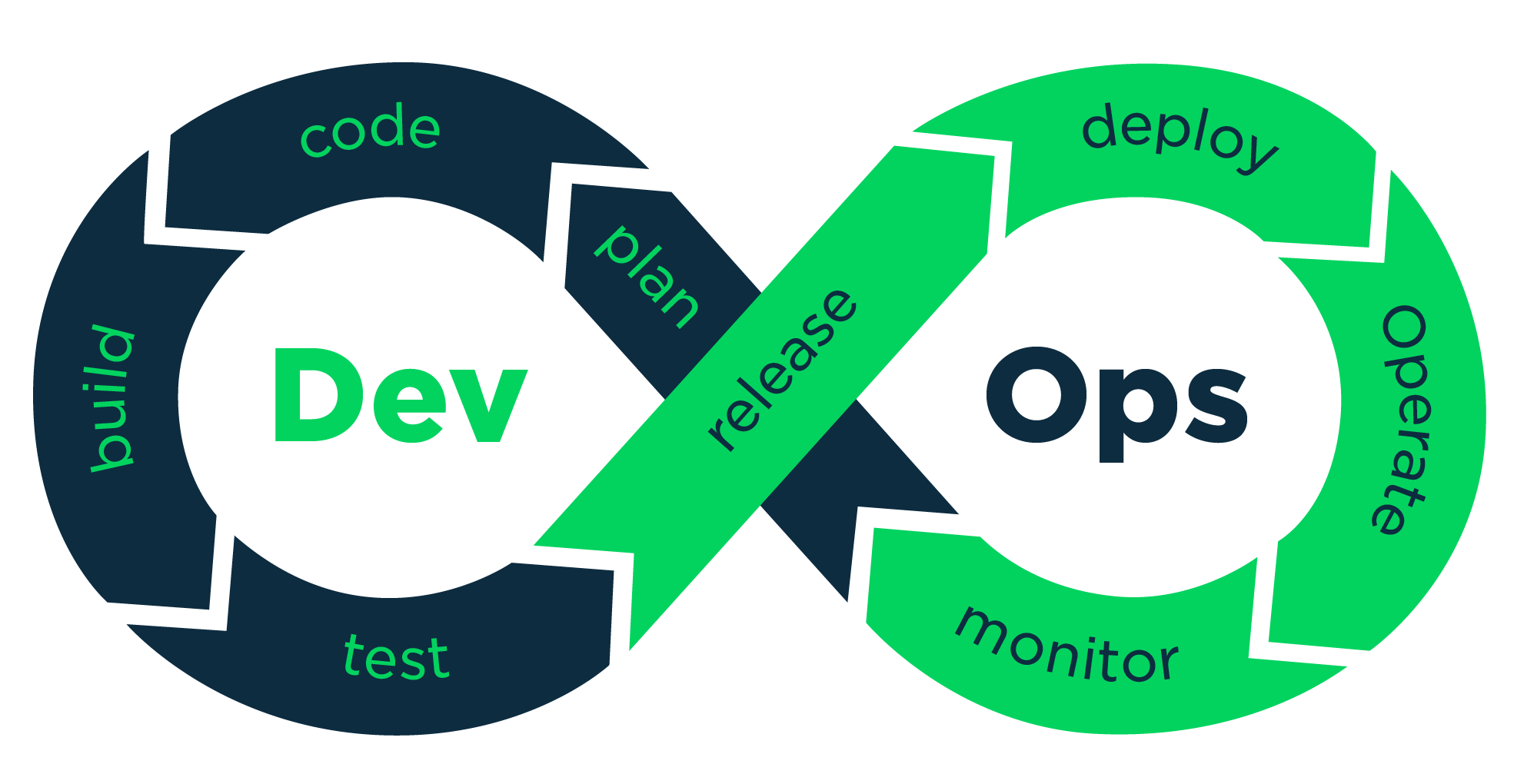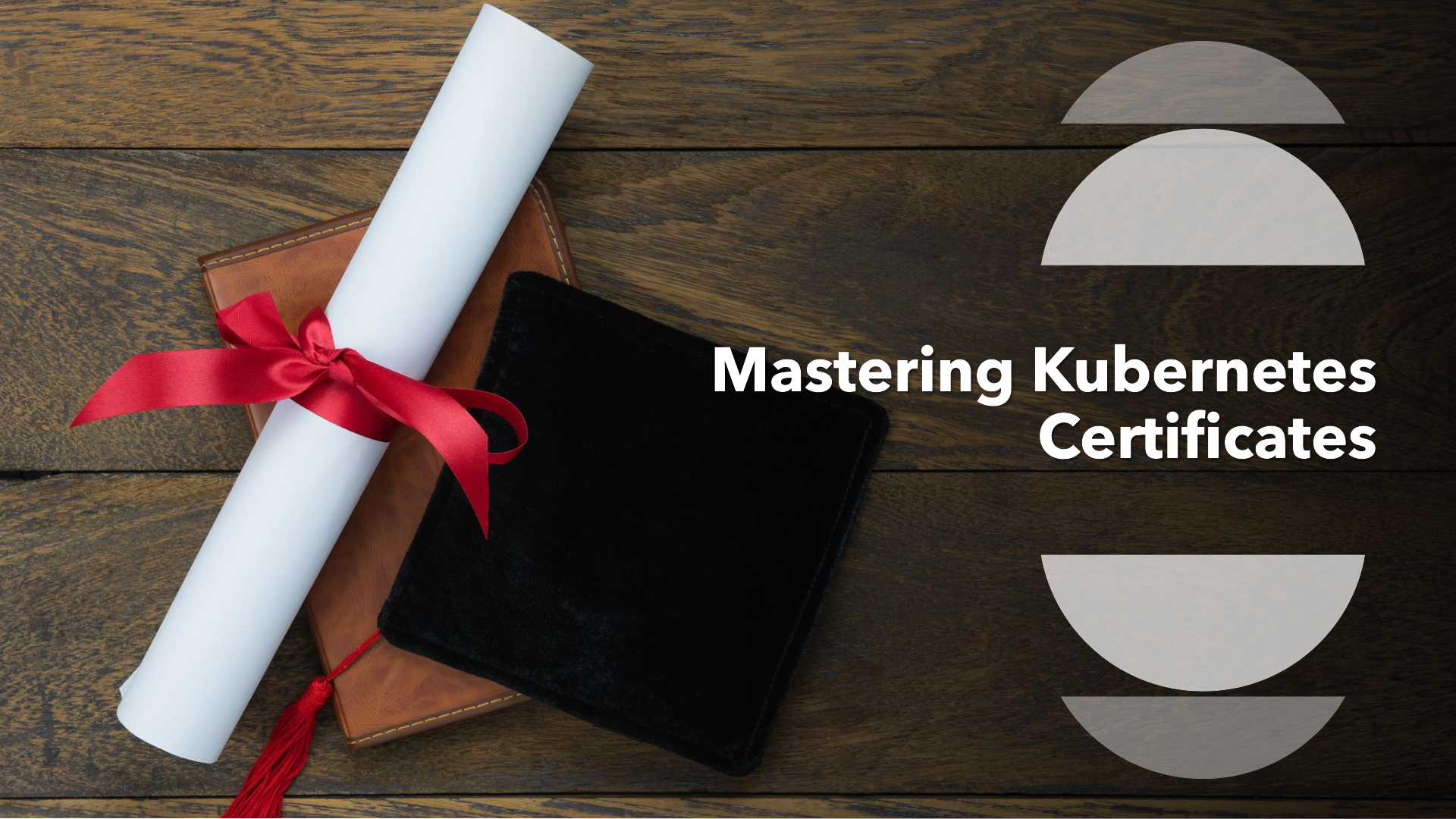Understanding Kubernetes Certificates: Full Guide to Certificates API, Solutions, and KubeConfig
 vikash kumar
vikash kumar
Welcome, Kubernetes enthusiasts, to our deep dive into the world of Kubernetes certificates! In this article, we will explore the Certificates API, walk through practical solutions, and master the intricacies of KubeConfig. This journey will equip you with the knowledge to manage Kubernetes certificates effectively, leverage advanced techniques, and apply real-world scenarios.
For continuity, you might want to read the previous article in this series: Everything You Need to Know About Kubernetes Certificates.
Table of Contents
The Certificates API: Your Certificate Management Powerhouse
The Certificates API is a fundamental part of Kubernetes' security infrastructure. It enables programmatic handling of certificate signing requests (CSRs) within a Kubernetes cluster. Let’s delve into its key features and usage.
Understanding the Certificates API
The Certificates API revolves around the CertificateSigningRequest (CSR) resource. This resource represents a request to have a certificate signed by the Kubernetes cluster's Certificate Authority (CA).
Structure of a CSR
Here’s a sample YAML configuration for a CSR:
apiVersion: certificates.k8s.io/v1
kind: CertificateSigningRequest
metadata:
name: john-developer
spec:
request: <base64-encoded-csr>
signerName: kubernetes.io/kube-apiserver-client
expirationSeconds: 86400 # Optional
usages:
- client auth
Explanation:
name: A unique name for the CSR.request: The CSR in base64 encoded format.signerName: Specifies the signer that will sign the certificate.expirationSeconds: Optional field specifying the certificate’s duration.usages: Defines how the certificate can be used (e.g., client authentication).
Working with the Certificates API
1. Creating a CSR
Generate a private key and CSR using OpenSSL:
openssl genrsa -out john.key 2048
openssl req -new -key john.key -out john.csr -subj "/CN=john/O=developers"
Create the CSR resource in Kubernetes:
cat <<EOF | kubectl apply -f -
apiVersion: certificates.k8s.io/v1
kind: CertificateSigningRequest
metadata:
name: john-developer
spec:
request: $(cat john.csr | base64 | tr -d '\n')
signerName: kubernetes.io/kube-apiserver-client
expirationSeconds: 86400
usages:
- client auth
EOF
2. Viewing CSRs
List all CSRs:
kubectl get csr
View details of a specific CSR:
kubectl get csr john-developer -o yaml
3. Approving or Denying CSRs
Approve a CSR:
kubectl certificate approve john-developer
Deny a CSR:
kubectl certificate deny john-developer
4. Retrieving the Signed Certificate
Retrieve the signed certificate after approval:
kubectl get csr john-developer -o jsonpath='{.status.certificate}' | base64 -d > john.crt
Advanced Certificates API Features
1. Certificate Rotation
To rotate a certificate, create a new CSR with the same name:
cat <<EOF | kubectl apply -f -
apiVersion: certificates.k8s.io/v1
kind: CertificateSigningRequest
metadata:
name: john-developer
spec:
request: $(openssl req -new -key john.key -out john.csr -subj "/CN=john/O=developers" 2>/dev/null | base64 | tr -d '\n')
signerName: kubernetes.io/kube-apiserver-client
expirationSeconds: 86400
usages:
- client auth
EOF
2. Custom Signers
Use custom signers by specifying a different signerName:
spec:
signerName: example.com/my-custom-signer
This feature allows integration with external certificate management systems.
Practical Solutions Using the Certificates API
Now that we have a solid understanding of the Certificates API, let's explore some practical solutions.
Solution 1: Creating a New User with Specific Permissions
Create a new user named "jane" and grant her specific permissions.
1. Generate Private Key and CSR:
openssl genrsa -out jane.key 2048
openssl req -new -key jane.key -out jane.csr -subj "/CN=jane/O=devops"
2. Create the CSR Resource:
cat <<EOF | kubectl apply -f -
apiVersion: certificates.k8s.io/v1
kind: CertificateSigningRequest
metadata:
name: jane-devops
spec:
request: $(cat jane.csr | base64 | tr -d '\n')
signerName: kubernetes.io/kube-apiserver-client
expirationSeconds: 86400
usages:
- client auth
EOF
3. Approve the CSR:
kubectl certificate approve jane-devops
4. Retrieve the Signed Certificate:
kubectl get csr jane-devops -o jsonpath='{.status.certificate}' | base64 -d > jane.crt
5. Create a Role and RoleBinding:
kubectl create role pod-reader --verb=get --verb=list --verb=watch --resource=pods
kubectl create rolebinding jane-pod-reader --role=pod-reader --user=jane
Jane now has a valid certificate and can read pods in the cluster.
Solution 2: Certificate Rotation for a Service Account
Rotate the certificate for a service account named "web-service."
1. Generate a New Private Key and CSR:
openssl genrsa -out web-service-new.key 2048
openssl req -new -key web-service-new.key -out web-service-new.csr -subj "/CN=system:serviceaccount:default:web-service"
2. Create a New CSR:
cat <<EOF | kubectl apply -f -
apiVersion: certificates.k8s.io/v1
kind: CertificateSigningRequest
metadata:
name: web-service-renewal
spec:
request: $(cat web-service-new.csr | base64 | tr -d '\n')
signerName: kubernetes.io/kubelet-serving
usages:
- server auth
EOF
3. Approve the CSR:
kubectl certificate approve web-service-renewal
4. Retrieve the New Certificate:
kubectl get csr web-service-renewal -o jsonpath='{.status.certificate}' | base64 -d > web-service-new.crt
5. Update the Service Account:
Update the service account with the new certificate (adjust based on your configuration).
KubeConfig: Your Gateway to Kubernetes Clusters
KubeConfig files are essential for accessing and managing Kubernetes clusters. They contain all the information needed to connect to one or more clusters, including authentication details.
Anatomy of a KubeConfig File
A typical KubeConfig file includes three main sections:
Clusters: Defines the clusters you have access to.
Users: Specifies the user credentials for each cluster.
Contexts: Combines clusters and users, optionally with a namespace.
Sample KubeConfig File:
apiVersion: v1
kind: Config
clusters:
- name: development
cluster:
server: https://1.2.3.4
certificate-authority-data: <base64-encoded-ca-cert>
users:
- name: jane
user:
client-certificate-data: <base64-encoded-cert>
client-key-data: <base64-encoded-key>
contexts:
- name: jane-dev
context:
cluster: development
user: jane
namespace: devops
current-context: jane-dev
Another sample KubeConfig file for different environments and clusters:
apiVersion: v1
kind: Config
clusters:
- name: dev-cluster
cluster:
server: https://dev-cluster.example.com
certificate-authority-data: <base64-encoded-dev-ca-cert>
- name: staging-cluster
cluster:
server: https://staging-cluster.example.com
certificate-authority-data: <base64-encoded-staging-ca-cert>
- name: prod-cluster
cluster:
server: https://prod-cluster.example.com
certificate-authority-data: <base64-encoded-prod-ca-cert>
users:
- name: dev-user
user:
client-certificate-data: <base64-encoded-dev-user-cert>
client-key-data: <base64-encoded-dev-user-key>
- name: staging-user
user:
client-certificate-data: <base64-encoded-staging-user-cert>
client-key-data: <base64-encoded-staging-user-key>
- name: prod-user
user:
client-certificate-data: <base64-encoded-prod-user-cert>
client-key-data: <base64-encoded-prod-user-key>
contexts:
- name: dev-context
context:
cluster: dev-cluster
user: dev-user
namespace: dev
- name: staging-context
context:
cluster: staging-cluster
user: staging-user
namespace: staging
- name: prod-context
context:
cluster: prod-cluster
user: prod-user
namespace: production
current-context: dev-context
Working with KubeConfig
1. Viewing KubeConfig
To view your current KubeConfig:
kubectl config view
To see the full configuration with all certificate data:
kubectl config view --raw
2. Adding a New Cluster
kubectl config set-cluster production --server=https://5.6.7.8 --certificate-authority=/path/to/ca.crt
3. Adding User Credentials
kubectl config set-credentials john --client-certificate=/path/to/john.crt --client-key=/path/to/john.key
**4. Setting Contexts
**
kubectl config set-context john-prod --cluster=production --user=john --namespace=production
5. Switching Contexts
kubectl config use-context john-prod
Advanced KubeConfig Techniques
Merging Multiple KubeConfig Files
If you have multiple KubeConfig files, you can merge them using the KUBECONFIG environment variable.
export KUBECONFIG=$HOME/.kube/config:$HOME/.kube/prod-config
kubectl config view --merge --flatten > $HOME/.kube/merged-config
export KUBECONFIG=$HOME/.kube/merged-config
Using KubeConfig with External Tools
Many external tools, such as kubectl, helm, and kustomize, rely on KubeConfig for cluster access. Ensure your KubeConfig file is correctly set up and accessible by these tools.
Putting It All Together: A Real-World Scenario
Let’s apply our knowledge in a real-world scenario. Imagine you are setting up a CI/CD pipeline for a new application. You need to create a new user with specific permissions, set up their access using KubeConfig, and ensure secure communication.
Steps:
Create a New User and Generate Certificates:
openssl genrsa -out ci-user.key 2048 openssl req -new -key ci-user.key -out ci-user.csr -subj "/CN=ci-user/O=ci-cd"Create and Approve the CSR:
cat <<EOF | kubectl apply -f - apiVersion: certificates.k8s.io/v1 kind: CertificateSigningRequest metadata: name: ci-user-csr spec: request: $(cat ci-user.csr | base64 | tr -d '\n') signerName: kubernetes.io/kube-apiserver-client usages: - client auth EOF kubectl certificate approve ci-user-csrRetrieve the Signed Certificate:
kubectl get csr ci-user-csr -o jsonpath='{.status.certificate}' | base64 -d > ci-user.crtSet Up the KubeConfig File:
kubectl config set-cluster dev-cluster --server=https://1.2.3.4 --certificate-authority=ca.crt kubectl config set-credentials ci-user --client-certificate=ci-user.crt --client-key=ci-user.key kubectl config set-context ci-context --cluster=dev-cluster --user=ci-user --namespace=ci-cd kubectl config use-context ci-contextTest Access:
kubectl get pods
This scenario ties together CSR creation, approval, certificate retrieval, and KubeConfig setup, demonstrating a practical application of the concepts discussed.
Conclusion and Next Steps
In this article, we’ve explored the depths of Kubernetes certificates, the Certificates API, and KubeConfig. By mastering these tools, you can secure your Kubernetes clusters and manage access with confidence.
For more detailed insights, check out my previous article on this topic: Everything You Need to Know About Kubernetes Certificates.
References and Further Reading
Subscribe to my newsletter
Read articles from vikash kumar directly inside your inbox. Subscribe to the newsletter, and don't miss out.
Written by

vikash kumar
vikash kumar
Hey folks! 👋 I'm Vikash Kumar, a seasoned DevOps Engineer navigating the thrilling landscapes of DevOps and Cloud ☁️. My passion? Simplifying and automating processes to enhance our tech experiences. By day, I'm a Terraform wizard; by night, a Kubernetes aficionado crafting ingenious solutions with the latest DevOps methodologies 🚀. From troubleshooting deployment snags to orchestrating seamless CI/CD pipelines, I've got your back. Fluent in scripts and infrastructure as code. With AWS ☁️ expertise, I'm your go-to guide in the cloud. And when it comes to monitoring and observability 📊, Prometheus and Grafana are my trusty allies. In the realm of source code management, I'm at ease with GitLab, Bitbucket, and Git. Eager to stay ahead of the curve 📚, I'm committed to exploring the ever-evolving domains of DevOps and Cloud. Let's connect and embark on this journey together! Drop me a line at thenameisvikash@gmail.com.